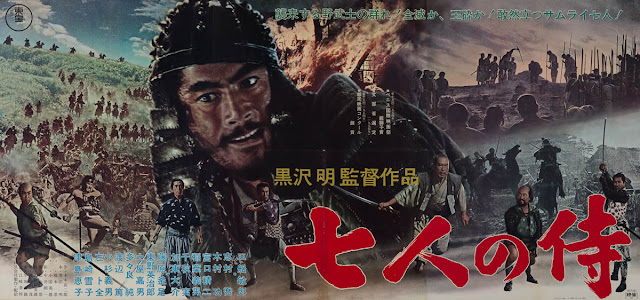American Animals (Dir Bart Layton, 1h 56m)
American Animals, like the stunningly beautiful but strangely artificial artwork of American naturalist painter, John James Audubon, is a film that, in its true-life story of the theft of a set of Aubudon's books, Birds of America, and other rare books from an American university, by a rag-tag group of students and dropouts, sits somewhere between truth and fiction, in a fractured narrative where real life thieves and actors portraying them sit side by side, change details of each others stories, and which critiques American society to its core, in a film just as beautiful, rare, and heavyweight as the books that sit at the centre of its narrative.
Layton, with his background in documentary-making, has an almost painterly approach-the camera holds, in the opening sequence, on the work of Audubon, intercutting with the real-life families, the actors portraying the four thieves making up, and the suburban streets that the quartet inhabit. The film introduces the central pair of childhood friends, Warren and Spencer, both in terms of the real people, and the actors portraying them, and outlines Spencer's interest in art, as a student, his view that artists should go through an event of great change to produce truly great art, and, through a haunting encounter with one of Audubon's greatest paintings, that of a flamingo, which eventually comes to haunt Spencer, most notably in an eerie nighttime scene, begins to set in motion the events that will lead to the duo's heist.
Around, this, the film explores the minutiae of their lives, and their friendship, the meaningless of fraternities, the waste inherent at the centre of American consumerism, and the role of family in American life, whilst the film slickly intersperses the growing excitement of the heist, its planning, and the increasingly complex and dangerous aspects of the duo's trips to establish a fence. Here, as the shape, target and logistics of the heist begin to take shape, and it is here that Layton introduces a perfect cinematic device for a film focusing upon true events only the duo remember, with them changing details of the location of their first discussion about the books, including a perfectly placed shot of the real Warren, and the actor playing him, sitting together discussing their version of events, and the very appearance of the fence from shot to shot.
Certainly, even as the heist becomes a quartet, with jockish Chas, who proves to be a volatile member of the group, and eventually turns on them in a nailbiting scene, and Erik, whose cool facade eventually begins to splinter under the stress post-heist, the film remains a struggle between Spencer, who begins to have second thoughts, and who eventually tries to call off the now-unstoppable plan, and Warren, who becomes consumed by the idea, even as the film begins to question exactly how much of the idea is in fact Warren's delusions, with a meeting with a shadowy Dutch criminal (a bizarre cameo from Udo Kier) possibly entirely fictious.
By far and away the most accomplished part of this film is the ratcheting up of tension throughout, with the heist coming as a sudden and brutal change in an otherwise relatively comedic film-it is to Layton's credit that the film does this, as a more comedic undertone would have undermined the film's tone, but still brings across the utterly bungling nature of both the bungled failed heist and the actual heist. Post-heist the film begins to wind up the tension again, with the relationship between the four strained to breaking point, before the film draws to a close with the arrest of the quartet and the aftermath of their lives post-incarceration
American Animals, thus, is a truly remarkable film, exploring not only the idea of moments in which life can change irrecoverably, and the danger of following dreams, but the death of the American Dream, the boredom of modern suburban life, and even the nature and value of art and rarity. It, much like Audubon's paintings, a rare mix of Americana, real, and imagined, and a new classic of American documentary cinema.
Rating: Highly Recommended.

.jpg)

Comments
Post a Comment